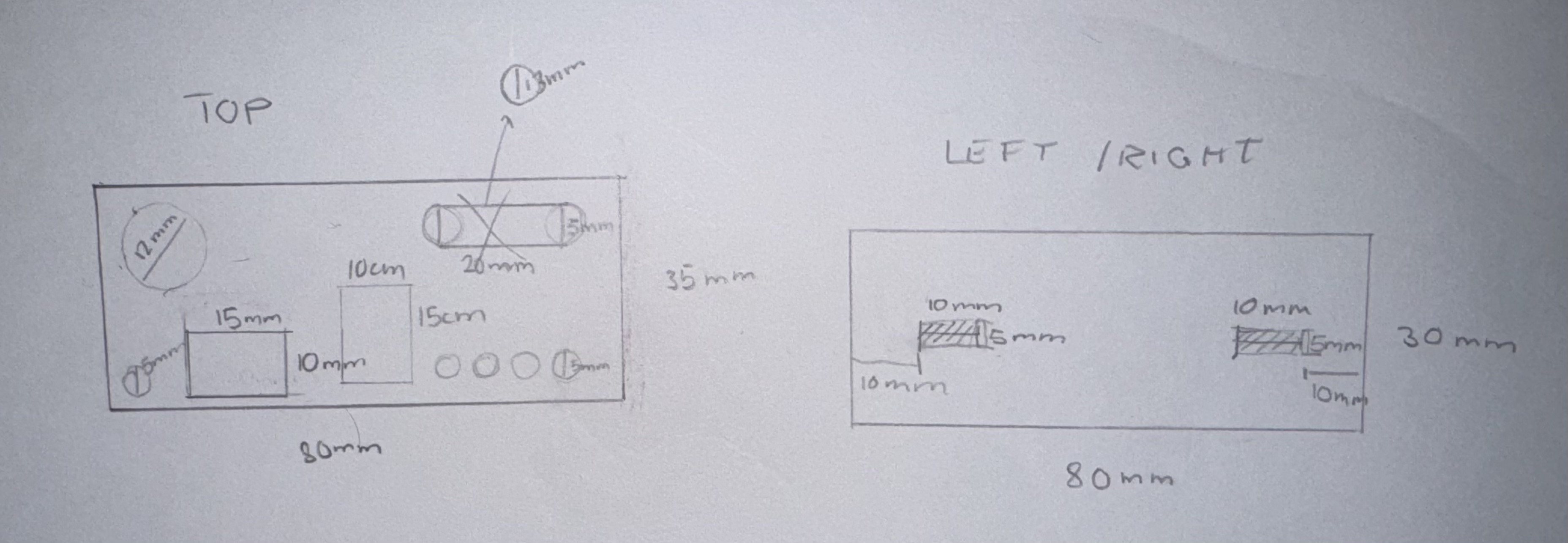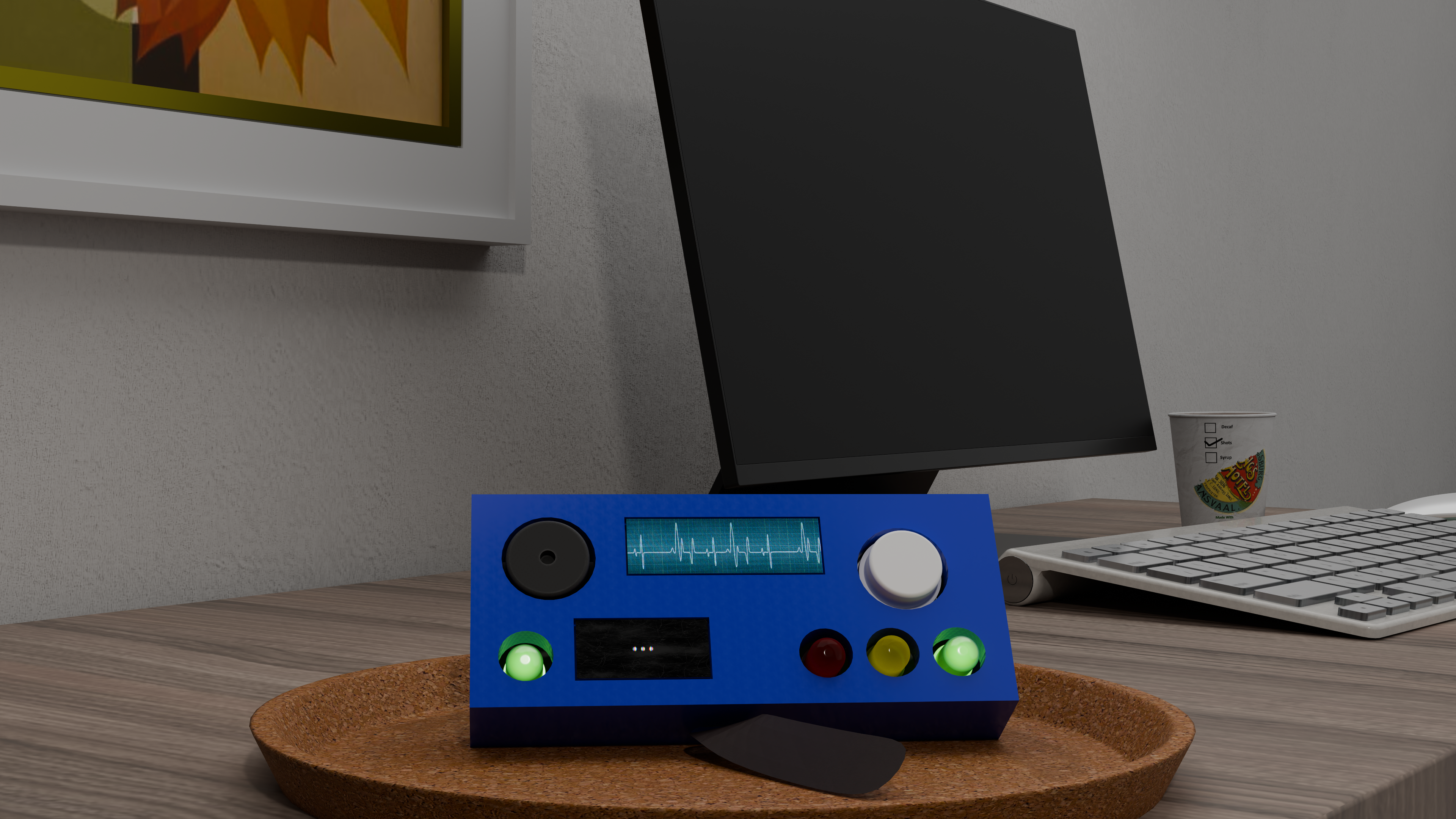EfficenSee
EfficenSee is a critical design artefact developed for my Applied Interaction Design module. It aims to provoke discussions on the future of remote work and hybrid collaboration. The project challenges current perceptions of workplace monitoring, questions the ethics of balancing productivity and flexibility, and highlights concerns about employee well-being and privacy in increasingly digital work environments. It exaggerates current monitoring trends to expose potential dystopian consequences and initiate conversations about upholding traditional productivity metrics.
Interactive 3D model of EfficenSee wearable.
Ideation & Research
The ideation process began by critically examining employer strategies for monitoring engagement and productivity in remote work environments. Research into the "State of the Art" revealed tools like Microsoft Teams, Slack, and Zoom, along with digital monitoring software such as Hubstaff and Time Doctor, which log work hours and screen activity. The project also considered biometric and physiological monitoring tools like Emotiv and Humanyze, which track engagement via brain activity and biometric data. These existing tools, while enhancing communication, raise ethical concerns about autonomy, privacy, and consent. The critical design approach was chosen to challenge these conventional assumptions and critique the oversaturation of workplace monitoring. This led to the concept of designing a feature that tracks employee actions, behaviors, and productivity using sensors, employing a critical design method.

First sketch of the critical artefact
3D Modelling & Printing
The detailed 3D model for EfficenSee was created in FreeCAD. The model consists of a casing designed to house all electronic components securely. Key features modeled included precision-fit cutouts for the buzzer, two small display screens (represented by rectangular apertures), a prominent circular push button, and three distinct indicator LEDs (red, yellow, green). A crucial aspect was the integrated channel for the fabric strap, ensuring the device could be comfortably and securely worn on the wrist.
For physical realisation, the design was prepared for 3D printing. The chosen blue PLA filament provides a durable yet lightweight final product. Post-printing, minor cleanup was performed to remove any support structures. The assembly involved simply inserting the physical components into their designated slots and threading the fabric strap through the integrated channel.
Demonstration video of EfficenSee
Final Prototype
The EfficenSee prototype successfully delivers on its initial design goals, offering a compact, wearable device that provides intuitive, real-time feedback. Designed to be worn comfortably on the wrist, the current 3D-printed version incorporates a buzzer, LED lights, and a button.
When activated, green LED lights on the device indicate that the heart rate sensor is actively measuring and that the employee's productivity levels are within approved parameters. A small screen also displays the employee's heart rate.
Should productivity levels decline, the device provides immediate visual feedback. A three-tiered LED bar progressively lights up:
- Green: Approved productivity.
- Orange: Decreasing productivity.
- Red: Significantly decreased productivity, resulting in a salary deduction.
Both the LED lights and the buzzer are designed to provide instant feedback, reinforcing the pressure of continuous monitoring and potentially increasing workplace stress.

Final prototype in Blender